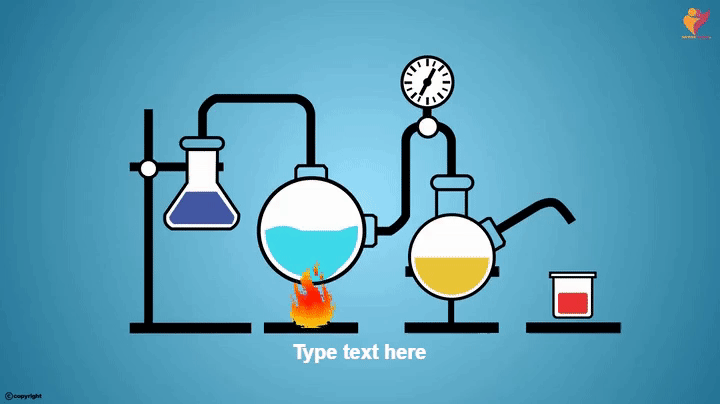Atoms
Atoms are the fundamental units of all matter

What atoms consist of?
Atoms are the smallest units of matter, and they are responsible for the composition of everything in the universe. Protons, neutrons, and electrons are the three varieties of subatomic particles that make up their composition. The nucleus of the atom is where the protons and neutrons are found, and the electrons orbit around the nucleus in a circular pattern.
The Internal Makeup of Atoms
Protons, which have a positive charge, and neutrons, which have no charge, are found in the nucleus of an atom. The nature of an element can be identified by counting the number of protons contained within its nucleus. As an illustration, the nuclei of all carbon atoms consist of six protons each. The nucleus of an atom contains a variable amount of neutrons, which allows for the existence of many isotopes of the same element.
Electrons, which have a negative charge, circulate in shells or energy levels around the nucleus of an atom. Valence electrons are the electrons that are found in the atomic shell that is the furthest away from the nucleus. They are responsible for the chemical activity of the atom. Atoms can form bonds with other atoms by exchanging electrons, gaining electrons, or losing electrons in the process.
The Number of Atoms and the Mass Number
The number of protons that can be found in the nucleus of an element is what determines its atomic number. For instance, the atomic number of carbon is 6, which derives from the fact that it possesses six protons. The total number of protons and neutrons found in the nucleus of an element is equal to the mass number of that element. For instance, the isotope of carbon that is found most frequently contains six protons and six neutrons, which gives it a mass number of 12.
Isotopes
Isotopes are atoms of the same element that have a different number of neutrons than their counterparts. Carbon-12 and carbon-14 are both examples of isotopes of the element carbon; however, carbon-12 contains only six neutrons, whereas carbon-14 has eight neutrons. Certain isotopes are unstable and have the potential to decay over time, which results in the release of energy.
Bonds between atoms
Sharing electrons, gaining or losing electrons, or being attracted to one another electrostatically are all possible ways for atoms to create chemical bonds with other atoms. The number of electrons that are shared or transferred between atoms is a key factor in determining the strength of the bonds that are formed between them. Ionic bonds are formed when one atom acquires or loses electrons, which results in the formation of an ion with either a positive or negative charge. Atoms form covalent bonds with one another when they share electrons in order to finish filling out their outermost shells.
Utilizations of the Structure of the Atom
The understanding of how atoms are put together has resulted in a great many breakthroughs in science and industry. For instance, the investigation of isotopes was the impetus for the creation of radiocarbon dating, which is a technique for establishing the age of fossils and other types of old objects. The release of controlled amounts of energy from atomic nuclei is essential to the operation of nuclear power plants. Understanding the behavior of materials in varied contexts, such as when developing new materials for use in electronics or medical equipment, is another application of atomic structure. This can be accomplished by using atomic structure.
In conclusion, atoms, which are comprised of protons, neutrons, and electrons, are the fundamental building blocks of all matter. Extensive research into the structure of atoms as well as their behavior under a variety of different circumstances has resulted in a great deal of progress in the fields of science and technology.



